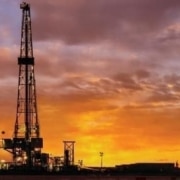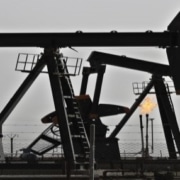Natural gas is the cleanest, most versatile, and most flexible fossil fuel.
This all explains why gas today provides a rising 30 percent of the energy used in the rich OECD economies.
Now, the still developing countries – which constitute 85 percent of the global population – hope to follow the Western model in making a global “dash to gas.” China and India especially have national strategies to lower their overdependence on coal and lift gas’ 8 percent share of the energy supply to around 20 percent.
Since 2000, global gas reserves have expanded over 50 percent to 7,000 Tcf. In turn, total demand since 2010 alone has risen 25 percent to 380 Bcf/d. The rapidly growing LNG trade is encouraging more gas usage, evolving this longtime regional product into a global and fungible commodity like oil. LNG continues to extend its ~15 percent share of the world’s gas consumption by connecting distant suppliers and buyers. LNG investments hit $50 billion in 2019 alone, with hundreds of billions of dollars more on the horizon.
The U.S. shale revolution itself is at the heart of the global “dash to gas.” Over the past decade, U.S. gas production has risen over 60 percent to 93 Bcf/d. Excess supply has helped the U.S. become the third largest LNG supplier in just a few years, now shipping out over 7 Bcf/d. The growth of destination-flexible, hub-priced LNG exports from the U.S. is establishing a more liquid and flexible gas market. Along with advancing systems like FLNG, this is deepening the pool of importing nations, now at 45 versus 25 five years ago.
Read the full article here
If you have further questions, feel free to reach out to us here.
Source: rigzone.com










